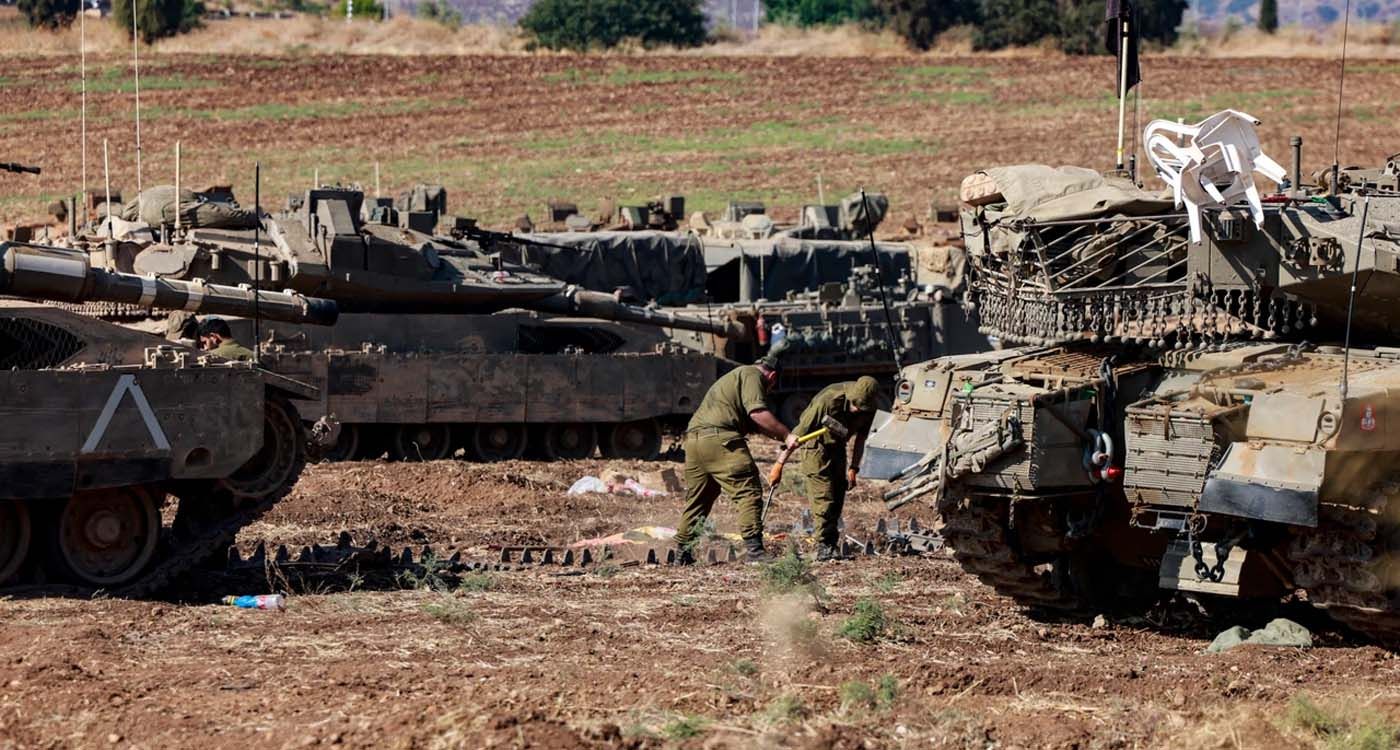
Israel started its withdrawal from all of Lebanon. All of it? Not exactly, as five strategic points will remain under Israeli control. The continued presence of Israeli troops in several areas of southern Lebanon raises questions about Israel’s intentions and its short- and long-term plans.
Tel Aviv will maintain its soldiers at these sites:
The Aaziyeh Hill: Located 2 km from the border near Deir Seryan, this hill overlooks the Litani River from Mahmoudiyeh, in the Marjayoun district, and dominates the Lebanese side.
The Awaida Hill: Situated 1 km from the border between Odaisseh and Kfar Kila, this hill is the only one overlooking the Israeli settlement of Metula and the nearby settlements.
The Labbouneh Hill: About 300 meters from the border, this dense forested area stretches along Alma al-Shaab and Naqoura. It overlooks both Lebanese and Israeli territories.
The Hamames Hill: Located 1 km from the Blue Line, on the outskirts of Khiam, it overlooks Metula from the north.
The Jabal Blat Hill: Located 1 km from the Blue Line between Ramya and Marwahin, it overlooks both the western and central sectors.
Since its announcement and subsequent postponement to February 18, the ceasefire has done little to stop the military operations. Tensions in southern Lebanon have been steadily rising, fluctuating between fragile calm and renewed violence, particularly in recent days. Alongside targeted attacks, a significant diplomatic and political crisis has emerged following the Lebanese ban on Iranian flights to Beirut.
Israel accuses Hezbollah of using Beirut’s international airport (BIA) to funnel funds to its organization, while the Iran-backed group denounces what it calls Israeli interference and a blatant violation of Lebanese sovereignty. On Sunday night, Hezbollah’s secretary-general, Naim Qassem, called on the Lebanese government to reverse its decision—further evidence that the faction is running out of options. While this crisis may prove temporary, the security situation shows no signs of easing and risks dragging on.
According to statements from Israeli officials, Israel is awaiting concrete guarantees regarding Hezbollah’s disarmament and a broader stabilization of Lebanon before altering its military strategy.
David Rigoulet-Roze, a researcher at the Institute for International and Strategic Relations (IRIS) and director of the journal Orients Stratégiques, explains that "given Hezbollah's attempts to rearm and secure external funding, Israel's decision to maintain five points of presence in southern Lebanon can be justified."
"The situation remains extremely tense, with Israeli strikes targeting Hezbollah-related sites," he recalls. He also notes that Israel has filed a complaint with the ceasefire monitoring committee regarding Hezbollah's stockpiled weapons, which have reportedly not been dismantled. According to Rigoulet-Roze, this sends a clear message: "Although the Lebanese army has done significant work, it has not yet completed all that it should—or could—do."
On the Lebanese side, the government continues to navigate a challenging situation, caught between international expectations for stabilization and internal issues. This situation is further complicated by the ongoing presence of Hezbollah's armed forces in the country. However, Hezbollah is "increasingly limited," as suggested by Professor Rigoulet-Roze, and this new dynamic, he argues, would signal a loss of the group's influence on the Lebanese political landscape.
The Ceasefire: A Missed Opportunity?
"The ceasefire was a mistake," insists a security official, explaining that Israel agreed to it for two main reasons. "First, based on assurances from the United States, which committed to dismantling Hezbollah. Second, to prove that in Lebanon, the concepts of state, people, and nation are nonexistent," they add. This "absence of a state," according to the official, justifies a wide range of actions by Israel. This is reflected in Tel Aviv’s intention to maintain its positions at five strategic points, as well as its determination to occupy the summit of Mount Hermon, secure the sources of the Jordan and Hasbani rivers, extend its influence to the Litani River, and create a sufficiently wide buffer zone in the south to intercept any missiles Hezbollah might potentially launch.
What about Hezbollah? "For the Iran-backed group, this ceasefire was intended to provide a reprieve, enabling it to recover from a significant defeat on several fronts and allowing Iran to advance its strategy of securing access to the Mediterranean by strengthening its hold over the Lebanese state," the aforementioned source explains.
Amidst this delicate situation, the United States continues to play a key role in supporting Israel's security policy. While exerting diplomatic pressure to prevent further escalation, it is also engaged in discussions with Lebanon to support its economic reconstruction and stability—efforts closely linked to the new government's initiation of a reform process. Additionally, US President Donald Trump announced on Monday that he would suspend all aid to Lebanon until further notice.
The current situation, fragile and prone to twists, is further fueled by strategic divergences between Israel, Lebanon, Hezbollah, and the world’s major powers. In this context, the region's stability hinges on each party's ability to manage tensions—an immense challenge in such a complex landscape.




Comments